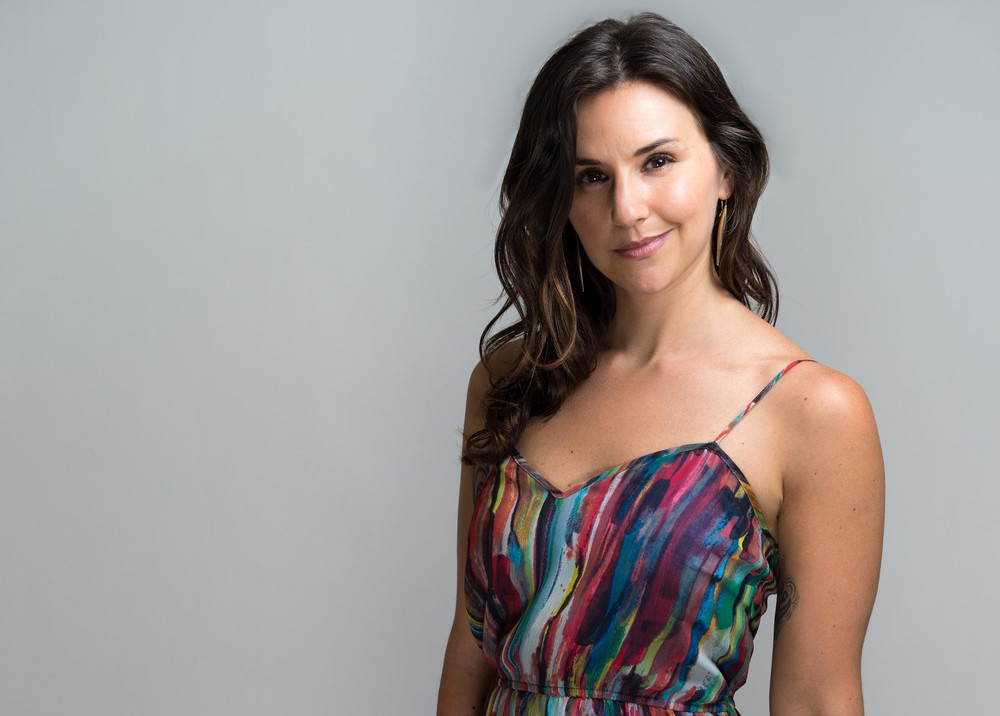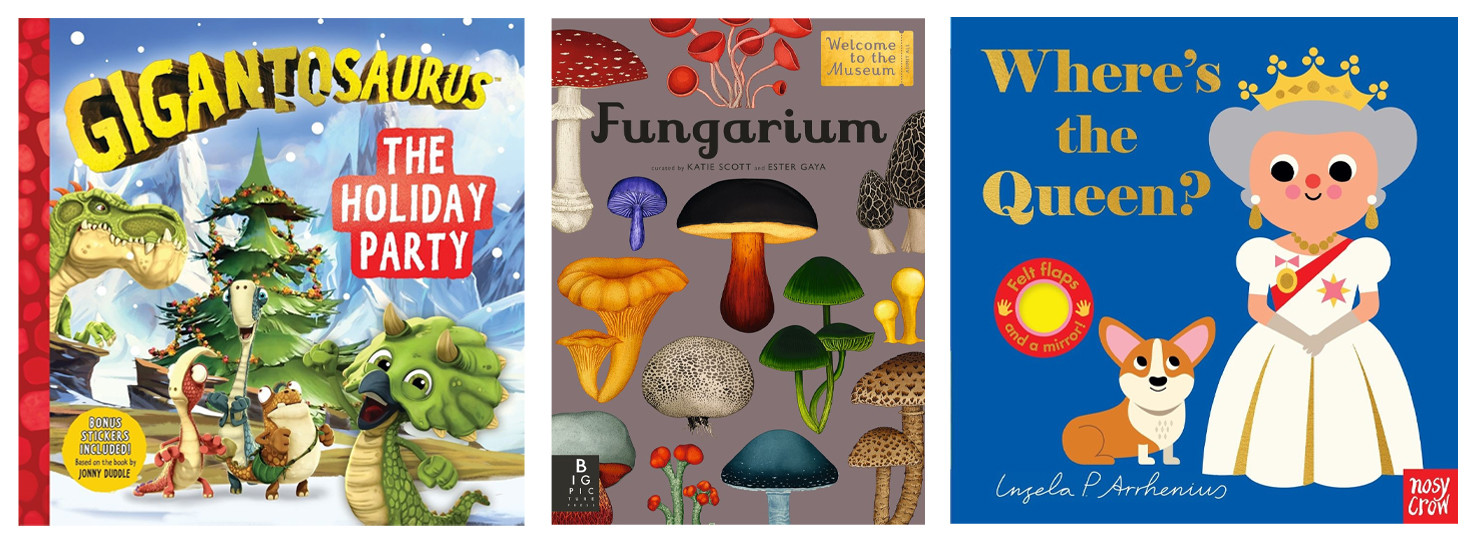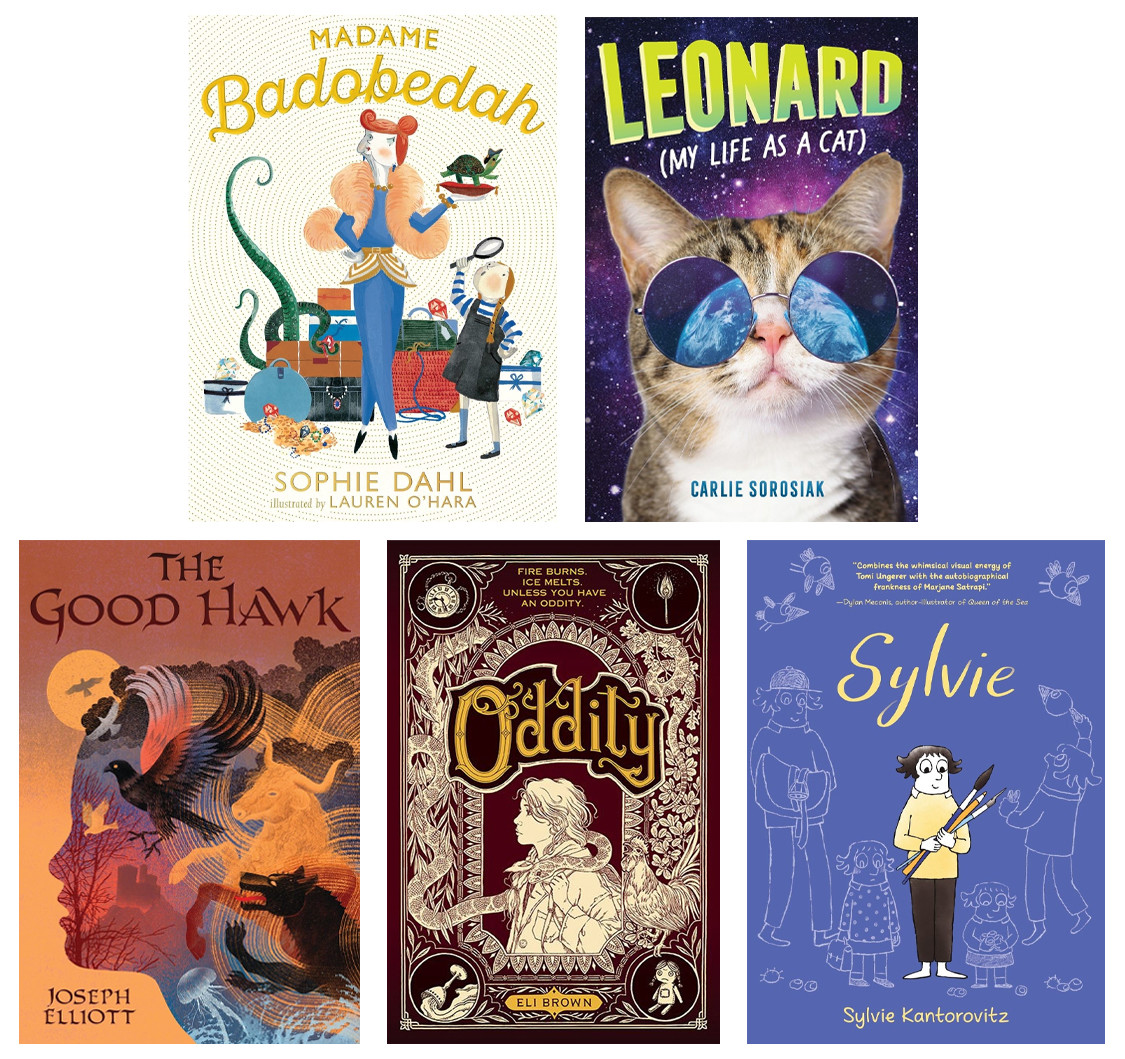
Maria T Middleton
Art Director - Candlewick Press & Walker Books US
Could you walk us through a typical day in your role as Art Director of Imprints at Candlewick Press and Walker Books US?
My role as an art director is delightfully multifaceted. At Candlewick, I oversee the design and development of four Imprints and one Division:
Candlewick Entertainment - our media-focused Imprint that creates projects like movie tie-in editions; licensed character programs like Peppa Pig, Gigantosaurus, and Dungeons and Dragons; and non-fiction collaborations with institutions like the
Smithsonian.

- Peppa Pig and the Earth Day Adventure Candlewick Entertainment | Picture book
- Dot Unplugged Candlewick Entertainment | Picture book
- Hoppy Floppy’s Carrot Hunt Candlewick Entertainment | Novelty book
Big Picture Press, Templar, and Nosy Crow - our UK-based Imprints that yield gorgeous projects ranging from heavily illustrated non-fiction to interactive novelty board books.

- Gigantosaurus: The Holiday Party Templar | Picture book
- Fungarium Big Picture Press | Nonfiction
- Where’s the Queen? Nosy Crow | Novelty
And lastly, I art direct our newest Candlewick Division: Walker Books US , which specializes in commercial middle-grade and YA fiction, non-fiction, and graphic novels. So on any given day, I’m wearing quite a few hats! I have video conferences with
colleagues from the UK, phone calls with licensors around the world, and am in constant communication with our in-house team in Somerville, Massachusetts, as well as our local office in Brooklyn, New York.

- Madame Badobedah Walker Books US | Picture book
- Leonard Walker Books US | Illustrated Middle Grade novel
- The Good Hawk Walker Books US | YA novel
- Oddity Walker Books US | YA novel
- Sylvie Walker Books US | Graphic novel
I love variety, so I’m fortunate to work across all of these Imprints on books of all shapes and sizes. My job is three-fold: As an art director, I collaborate with illustrators and mentor junior staff. As a designer, I brainstorm and execute projects from concept to completion. And as a visual storyteller, I work closely with our editorial staff to craft projects where art is integral to the story. At the end of the day, the most important aspect of any book is the story. And my job, all parts of it, is to use design and art direction to continue telling the story. I like to describe design as the glue that holds a book together. Design is a seamless thread that unites cover to interior and enhances the storytelling experience.
Prior to this you worked at HarperCollins Children’s Books, Abrams Books and Random House Children’s Books. What were some of the key lessons you learned during this time and who would you highlight as your most significant mentors?
Oh, wow. I could fill this entire interview with the lessons I’ve learned and those who have helped me along the way. Publishing is a village and I certainly had help getting to where I am today. A few of the most important lessons that I still hold close to heart are from these four mentors:
Molly O’Neill: Molly is a terrific editor now terrific agent who was my first NYC roommate and inadvertent kick-starter of my publishing career. Back then, Molly would give me (her art school roomie) marketing design projects from Clarion Books where she worked. By the time I graduated from Parsons School of Design, I had a children’s marketing design portfolio. But the most important thing Molly ever gave me was the nudge to get outside of our little apartment and let New York inspire me. She watched me wrestle with the creative process, seeing how desperately I just wanted to have all the great ideas without understanding where great ideas come from. Molly taught me how to walk away from a project in order to refill my creative well. I still have a card she wrote, with a quote from Rainer Maria Rilke: Be patient toward all that is unsolved in your heart and try to love the questions themselves . . . Do not now seek the answers, which cannot be given you because you would not be able to live them. And the point is, to live everything.
Erik White: Erik was my first Art Director in publishing. He hired me shortly after college to work in the children’s marketing design department at HarperCollins. Erik was a very good manager. He was patient, skilled at interpreting feedback, and very aware that a team should work hard and have fun. He once let me and another designer take the afternoon off to go see all three, extended edition Lord of the Rings movies back to back at the Ziegfeld Theater (which has never been well-known for comfy seats!). It is for sure one of the best—and nerdiest—things I’ve ever done and I think Erik wished he could have come with us. Erik kept a sign on his desk that said: You are not making art. It wasn’t meant to downplay our job or the creative process. It was a reminder not to let the work become too precious.
Chad Beckerman: Truly, Chad taught me most of what I know about making books. Chad was the Creative Director at Abrams Books and he hired me as a book designer even though I didn’t have any formal book design experience. He encouraged my design instincts, indulged my meticulous pace (which I know drove him crazy!), and advocated for me as I grew into an art director. Chad taught me the importance of thinking outside the box, looking for illustrators everywhere, and most paramount for this introvert: how to save time by talking to someone face-to-face instead of sending an email. Chad had an eye for talented people and team chemistry, and he constructed the best group of designers I’ve ever had the privilege of working with. After nearly 10 years, when I was leaving Abrams to begin a new venture at Random House, Chad gave me what is now my favorite bit of advice. He said, Give yourself time to be great.
Martha Rago: Martha is the Executive Creative Director at Random House Children’s Books and I have her to thank for giving me one of the biggest breaks of my career. After rising through the ranks at Abrams, I was ready for a change but not sure where to go. When Martha offered me the opportunity to be the Art Director of the middle-grade team at Random House, I felt like I’d won the lottery. Being an Art Director is equal parts directing projects and people, and I was spring-boarded into full time management. Martha showed me how to have a passion for books and a compassion for people. She nurtured everyone around her and always focused on creating strong partnerships. I learned how to be a mentor from Martha. I’ve been at Candlewick now longer than I was at Random House, but year after year, Martha still remembers my birthday and reaches out. Meaningful relationships matter.
You art direct a variety of formats and genres including board books, picture books, middle-grade, young adult, graphic novels, and non-fiction. How do you stay abreast of current/future artistic trends across all of these different sectors?
When I was a kid, around age 8, white Keds sneakers were all the rage. I remember begging my mom for a pair so that I would fit in with all the girls at school. My mom, who has always marched to the beat of her own drum, asked me, Why would you want to fit in when you can stand out? That kind of thinking didn’t really work on a shy, slightly insecure 4th grader who thought fitting in was the only way to be cool, but it resonates with me now.
I like to keep publishing trends in my periphery; just aware enough to know what’s going on without being directly influenced. It’s good to keep an eye on what’s selling and what kids are into, but what’s popular now might not be popular two years from now when the projects I’m currently designing hit shelves. Publishing is a slow industry. It usually takes years for a book to get from submission to store shelf. As a creator, I never want to replicate what’s already been done, even if it’s the easiest way to capture an audience’s attention. I’m always looking for new and authentic ways to tell a story.
That said, I don’t design in a bubble. I do make it a point to get to bookstores as often as I can. I love holding finished books in my hands and appreciating the hard work of the creators. I usually scroll through newsletters from PW, Goodreads, and local bookstores when they arrive in my inbox. I also talk with my editorial counterparts about the literary trends they’re noticing and how those fit with our publishing programs.
I like to balance my awareness of what’s trending in the children’s book world with visual inspiration outside of the industry: Movie posters, subway art, Instagram posts, fashion, museum exhibits, graffiti, gaming apps, magazine covers, current events, storefront typography, etc. When an image or an idea resonates, I write it down, drag it onto my desktop, or take a photo to catalog it for later. I also think about what kids are looking at, how they’re interacting with one another, being entertained, and gathering information. Those formats and platforms don’t always translate into books, but they can offer a lot of food for thought.
Funnily enough, white Keds, 30+ years later, are back in style. Maybe I do know a lasting trend when I see one :)
Are there particular illustration styles or subject matters that appeal to Candlewick and Walker respectively?
Every publishing house, imprint, editor, and art director has their own aesthetic. And while I certainly have my own preferences, styles that I liked five years ago aren’t necessarily those that I gravitate toward today. For me, and most of the folks that I work with, any preference for a specific illustration style is usually project specific.
Candlewick has a long-standing reputation as a publisher of beautiful books. Both Candlewick and Walker Books US work with illustrators with styles ranging from highly commercial to fine art. While Walker Books US was established to be more of the commercial arm of Candlewick, our goals are the same: Craft beautifully made, authentic stories that kids will want to read over again.
What are some of the bestselling titles you have had the pleasure of art directing?
Behind every published project is a team of people working tirelessly toward the goal of helping a book perform well. Critical acclaim alongside commercial success celebrates and rewards that hard work. Even so, not every title becomes a bestseller. While accolades are amazing, for me, the most valuable part of creating a book is knowing that it met the author or illustrator’s expectations and that it touched the life of at least one kid. Here are a few of my favorite projects from throughout my career:

What portfolio advice would you offer illustrators promoting on Childrensillustrators.com?
Make work that you love. Don’t worry about pleasing a potential art director or client with your personal work. If you create what you love, people will hire you to make projects that they will love.
Don’t apologize. If you feel like you need to explain a piece of art or defend it in some way, ask yourself if it’s ready to be shown. You should never feel like you need to apologize for anything in your portfolio. You should be proud of each piece you include.
Be organized. You can leave your bed unmade or your kitchen a mess, but do not present a disorganized portfolio! It makes a bad first impression and can be hard to see through, even if your work is good.
Allow time for distractions. Distractions—especially in this day and age!—are unavoidable. Don’t berate or cut yourself off from them. Give yourself permission to use them as fuel for imagination . . . then get back to work!
When was the last time an illustrator really blew you away with their creativity on a project?
Yesterday? The day before? :) I work with so many talented illustrators. They all come to the table with different kinds of creativity and ways of seeing the potential in a project. I find that the best kind of creativity happens when there’s collaboration and an open dialog between us. I like to give loose guidelines at the beginning of a project because I’m very interested in the ideas an illustrator will have. I never ever want to limit the scope of a project’s potential or hamper an illustrator’s creativity by levying too many restrictions or presenting my ideas first. I’ll share initial thoughts, but I prefer to leave it up to the illustrator to add to or disregard my ideas in favor of a better one. Two heads are always better than one.
Favourite book from your own childhood?
The True Confessions of Charlotte Doyle by Avi. I don’t remember having many favorite picture books. I do remember desperately wanting to know how to read for myself. (I came home from the first day of kindergarten in tears because I didn’t learn how to read that day!) I was about nine the first time I read Charlotte Doyle and I remember reading it over and over again. I loved her spunk, her determination. I loved that she didn’t conform to society’s notion of what a young lady was supposed to be. She did her own thing her own way. It resonated.
Describe your dream project.
I am incredibly lucky to wake up every day and do a job that I love. So really, each book is a dream project. If I had to ask one thing of the universe, my request would be that the books I create ignite the imaginations of as many kids as possible - that children can find in the pages I’ve designed a better way of seeing the world and perhaps a more loving and accepting way of seeing themselves. Books are designed to be a mirror for the reader. They have the power to transport us, inform us, challenge us, and ultimately, help us see ourselves more clearly. That’s how books shaped me. I learned about the world through stories. And when I grew up and experienced the world for myself, I knew how to ask questions, exercise compassion, and open my imagination to endless possibilities.
